The ultimate guide to Slow Travel
Not sure what Slow Travelling is or want to learn more about this weird and wonderful new way to travel? Then you’ve come to the right place. We’ll give you all the expert tips.

Whether you’re a Slow Living aficionado or you’re just learning the ropes, Slow Travel is a great new way to experience the world. Though this new trend is just beginning to take off, Slow Living has been around a while, it’s just taking the world a little time to catch up. But fear not, because we’ve got all the information you could need to get to grips with this social and cultural movement, and begin travelling at a slightly slower pace. The old saying, take the time to stop and smell the roses, is just about as fine a point as could be put on it. It’s more than just an ethos though, it’s a way of living, and a way of approaching new experiences. So, in the spirit of this article, take a load off, sit back, get comfortable, and prepare to soak this article in a relaxed and timely manner. See you on the other side!
Psssst - Are you still looking for some new gear for your next outdoor adventure? Make sure to check out our new outdoor jackets and outdoor pants.
Table of contents
What is slow travel?
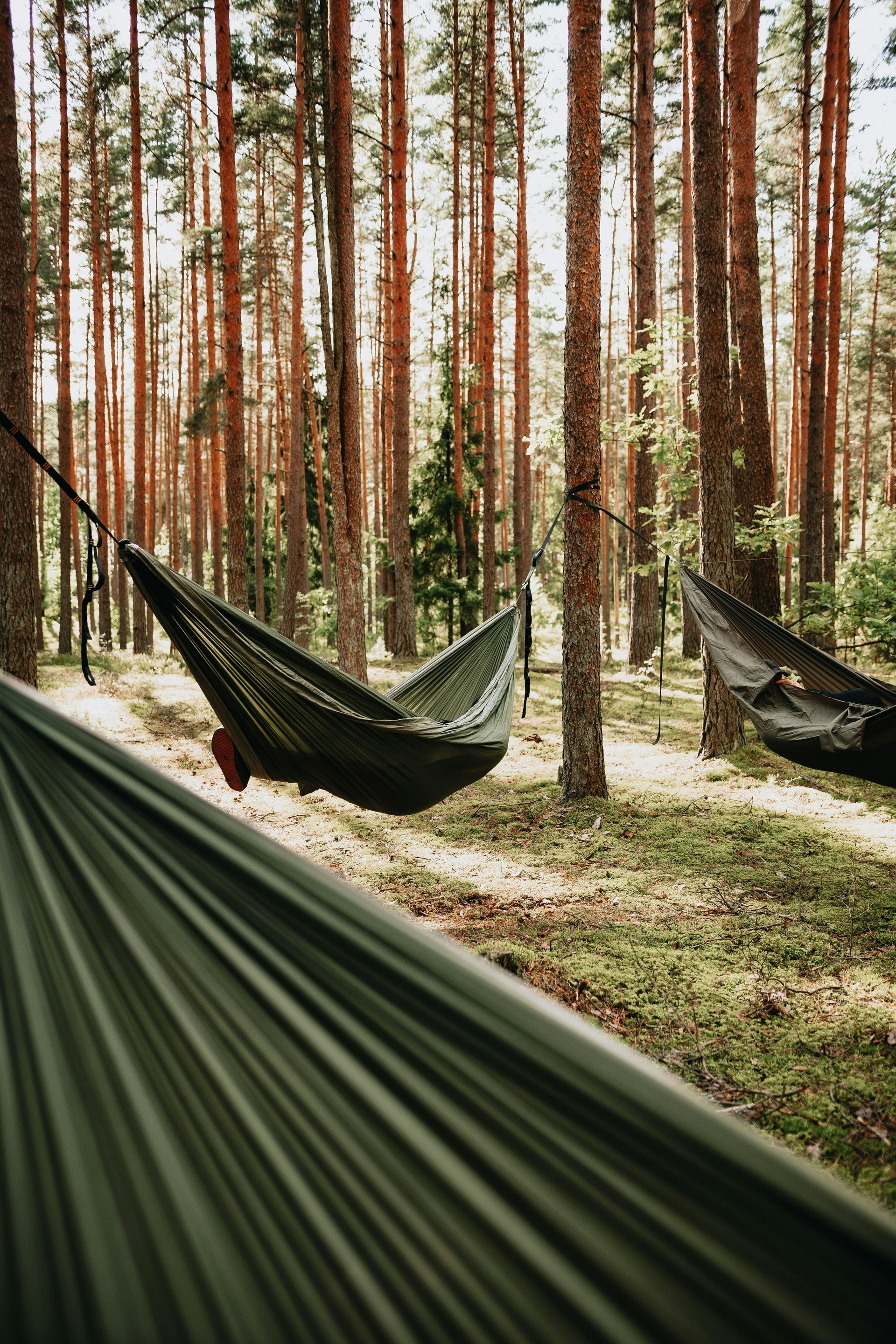
Slow travel isn’t complicated. It’s, by definition, taking the road less travelled. It’s about embracing individual experience versus culture-led holidays and trends. Slow traveling is to soak in everything that both a place and the road leading there have to offer. It’s about taking the time to reflect and engage with the now, not rushing, not taking for granted, and not doing anything unless you want to. There are a lot of weird and wacky definitions for slow travel out there, so we want to make this as accessible and simple as it can be.
It's coming into vogue as people begin to rebuke tourist culture, but it’s not a black and white thing. This for om travel is all about you, and about moulding a travel experience to your way of enjoying, instead of acquiescing to society’s (and social media’s) expectations of it. But that doesn’t mean you have to go off the beaten track or visit places that few people have ever been. So let’s dispel some myths, and take this slow. Consider this your ultimate, ultimately accessible, guide to slow travel.
Who is slow travelling for?
It’s for everyone. You don’t need to have any special belief system or lifestyle to embrace it either partially or entirely. While some might lead you to believe that it’s something you need to throw yourself into, a way of being that must be fastened to your life in an unflinching way, we take a more relaxed approach, because we realise that not everyone can throw off the modern shackles of responsibility and hit the road without a care in the world!
Most of us still need to work, still have responsibilities, and still need to do about a million things tomorrow. But that doesn’t mean we can’t all enjoy slowing down once in a while to travel like this. It’s a different experience from normal life, and we’re going to show you what you can do to cultivate that experience. But first, we need to dig into the Slow Movement as a whole, as travel is just one facet of a much larger cultural shift.
The slow travel movement
The slow movement has its roots in the 80s, when an Italian activist riled against the presence of McDonald’s in Rome. The introduction of fast food was a sign of the times, where everyone and everything was speeding up, and life was becoming an all-out race — only no one seemed to know what the finish line looked like.
In 1999, a guy called Geir Berthelsen created The World Institute of Slowness which was a collective of minds trying to embrace the ability and the desire to slow down. To stop and smell the roses, really. In 2004, Carl Honore publishes a book entitled In Praise Of Slowness: Challenging The Cult Of Speed, and a movement is born, precipitating this cultural tilt, where people begin to approach a quality over quantity approach to life.
Interestingly, and this is something that’s not noted anywhere, the slow movement is a mirror image of the Futurist movement, which also began in Italy. A social and artistic movement, Futurism was born in the early 20th century, and was a total embrace of speed, dynamism, technology, youth, violence, and everything that went with it. It was a thirst for big business, internal combustion engines, vicious science and progress. A casting off of the drudgery of pre-industrial era slowness.
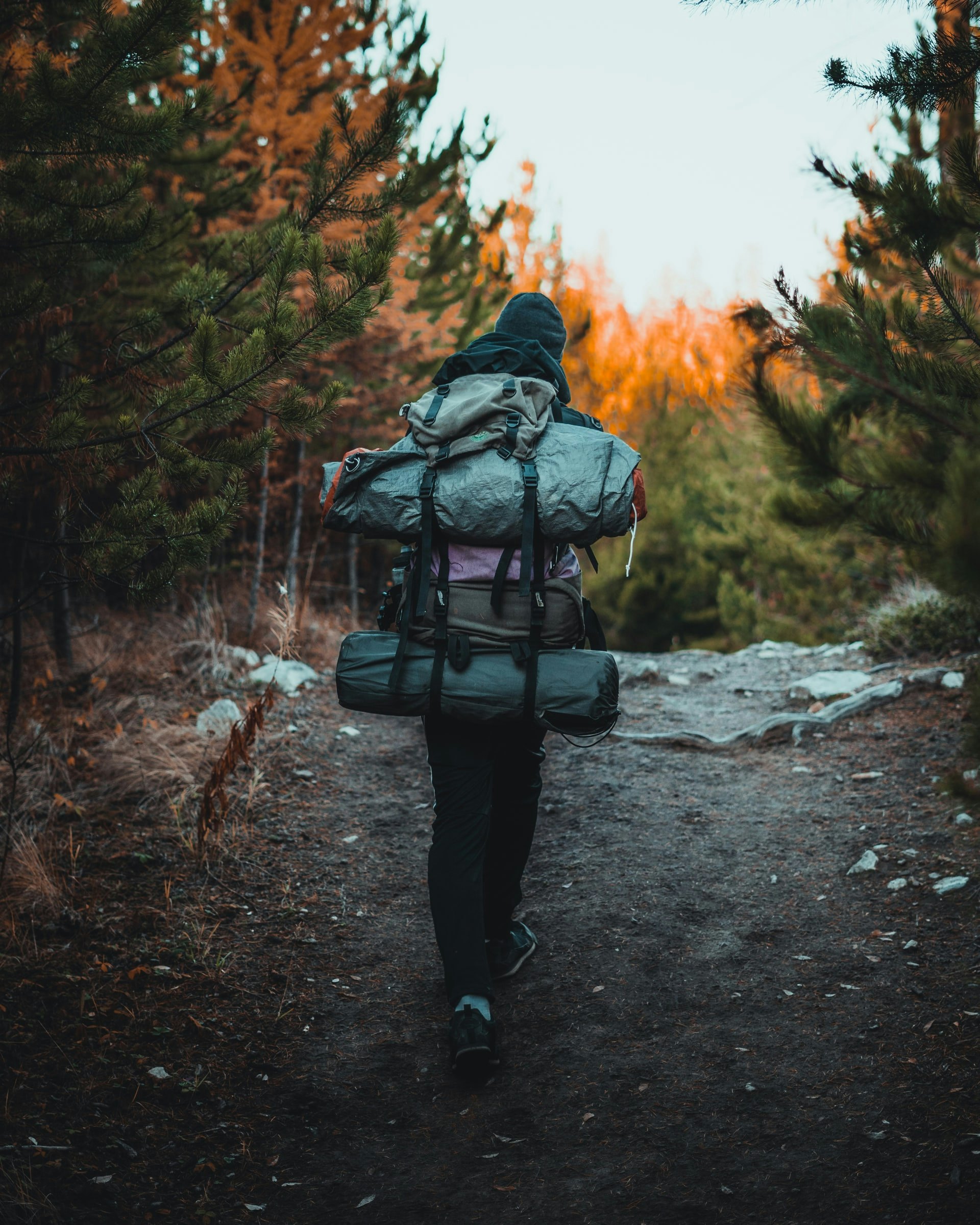
But where there is push, there is always pull. Newton wasn’t wrong about that. So, a hundred years later, here we are, in the midst of an anti-futurist movement. The Slow Movement. But what exactly does the slow movement promote? Well, naturally, it pretty much rebukes what the Futurist Movement stood for. It promotes walking over driving, nature over industry, and time over money. It has its influence over everything including food, urbanisation, travel, fashion, business.
You already know fast food, so now meet slow food. From taking your time at the store to select and find the best ingredients, to preparing them with care and attention. From cooking them slowly and tenderly, to plating with attention to detail. It’s not chew, chew, swallow, it’s savouring the smell, the taste, the texture. It’s languishing in every bite before moving to the next one. It’s about what’s happening in the current moment, and grounding yourself there, rather than using it as a stepping stone to what’s next.
Cities which meet the slow city criteria favour humans, not cars, they embrace carbon neutrality and the seamlessness of nature and construction. In fashion, it’s creating clothes that are timeless, durable, built to last. Ones which can be enjoyed forever. In business, it’s about helping people and providing services that are meaningful right now. That people can wring joy and value from, not business that creates churn and pipeline.
It’s all this, and more. And while it likely cannot be embraced in totality, I think we could all use a little of this every now and then. Ultimately, and this is how I always summarise it, Slow Living is taking (and often making) time to actually enjoy the things that you find fulfilling. It turns out, it's not that complicated.
Embracing the slow ethos
How does one become part of this movement, then? It’s as much understanding as it is action. And while we can throw around metaphors and metaphysical verbiage all day long, we’d rather tell you how it can affect your life, and what sort of changes you can make to move a little slower, without, you know, derailing everything.
If it begins when you wake up, moving slow might be allowing yourself to wake up without the use of an alarm clock, when you’re ready. Then, it could be lying in bed, reflecting on your dreams, grounding yourself in the moment and thinking about the day ahead. It could be doing your morning stretches, hand-grinding your coffee, making a nice breakfast, listening to birdsong as you drink it. But if you don’t have time to make your mornings look like that, then that doesn’t mean you can’t be a part of this movement.
The biggest part of slow living for me comes is food. I spend a long time in the supermarket selecting the right vegetables, finding the right ingredients, thinking about recipes and how I’ll prepare that food. That brings me joy. It fulfils me, so I take my time. Slowness is a personal thing. It’s about you, and it’s about taking what time you can, when you can, to pause for thought and breath, and really soak in a little bit of something that makes you happy.
Don’t let anyone tell you differently. Your slowness comes in whatever form feeds you most, food or otherwise.
Why should you try it?
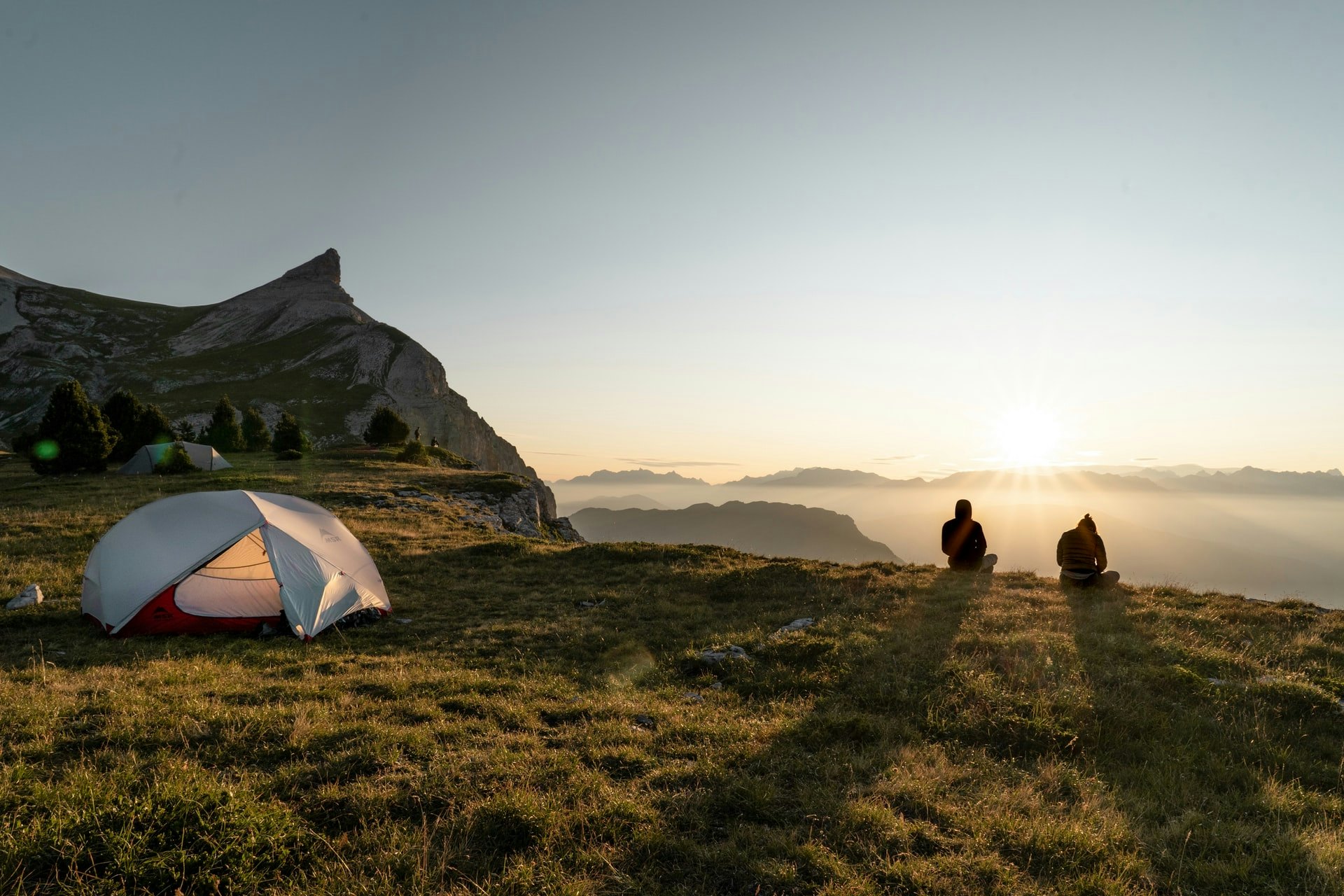
Slow travel, like every other part of slow living is about the experience of the journey. In order to do it, you need to come away from what you know travelling to be — usually getting somewhere as fast as possible, cramming as much into a space of time as you can, and then rushing home in time to get back to work.
Slow travelling is about maximising your enjoyment of each moment, rather than planning it all out, or letting it be planned for you. There exists a culture around this form of travel that leans towards integration, acceptance, and learning. Most advocates will warn away from tourist traps, and say that there is more joy to be had exploring the authentic parts of the world that belong to those who live there. That it is about embracing other cultures, their food, their music, their way of life, but not just embracing it, but instead, taking the time to appreciate, and more importantly, understand it.
This will appeal to some, and not to others. There’s nothing wrong with enjoying a more traditional vacation, but neither do you have to live in that black and white world. You can delve into aspects of slow traveling from anywhere, whether you’re on holiday on the other side of the planet, or in your home town. Just simply slow down, look around, and see where your eyes, your ears, or even your nose, takes you.
Top tips on how to slow travel like a pro
As it’s such an individual experience, we can’t really tell you exactly how to do it. But we can tell you our experiences of it, and what we like best about slow travelling, as well as how we try to embody its ethoses along the way. It begins, as usual, with the planning stages — pretty much the best part of any trip, except for the actual trip, of course!
When you’re planning a regular vacation, you’ll probably be looking at somewhere you can relax — maybe sit on a beach, or lounge around the pool … or maybe you’re looking more for an adventure holiday. Skiing, snowboarding, watersports, mountain biking. But, whatever way you’re going, one thing’s probably for sure, and that is that you’re going to want to get there as fast as possible. And this is where slow travel takes its first big deviation from the tourism-led vacation planning process we’re all familiar with.

Slow travel, as you can imagine, doesn’t concern itself with the time taken to get somewhere, and nor does it concern itself with the destination, either. This form of travl operates on a wavelength that asks ‘what do you want to experience?’ and not ‘where do you want to go?’
Let’s take a look at some examples of how a trip might vary if you’re slow-travelling. Southern Spain is famed for its beaches, its weather, its hotels, its food, its clear water … and it has major airports, too. You can fly into Murcia or Malaga from many places across Europe and get a bus transfer right to your hotel. But what are you experiencing going from your home to your car, to the airport, to another airport, on a bus, to a hotel, down a touristy Mainstreet where you’ll eat pizza and pasta and Chinese food, to the crowded beach, and then back again all in reverse?
If you wanted to slow travel, you might drive instead of fly. And you’ll want to keep off the motorways. You’ll want to look at where you want to end up, and choose a route that’ll take you on a tour of the world. Coming from the UK, you can take a train to Calais, or a ferry to Bilbao, and on that journey, get to know some people. This is the first step — opening yourself up to others, and sharing your experience, and theirs. Learning about them and where they’re from, be it in your own back yard or another country.
Once you land in Bilbao, you’ll want to stay a while, explore some of the city. Maybe check out the museums, the galleries, but more than that, just walk the streets, feel the city, experience the place. Soak it in. Your trip will inevitably lead you south, but do you want to take the AP-68 super-motorway all the way? No. This isn’t about fast, it’s about slow. It’s about going with the flow of things. So it’s worth not even planning that far ahead. Just drive a little, see where it takes you. If you end up in the right place, great. If you don’t, even better.
If you feel like meandering around a village for the day, do it. Speak to the locals, check out the architecture, revel in the feel of everyday, authentic life. If you want to go hiking, do that, too. Listen to the cicadas. Look down over the countryside. There are no rules, this is the thing. You can do whatever you want, so long as you’re embracing the organic experience, and not trying to force some idea of a vacation.
It’s scary, sure. It’s unnatural. The world is a big, intimidating place. But it’s filled with humans, and most of them are kind. We’re not saying put yourself in danger, but we are saying that slow travel is about taking in the world as it is, and experiencing new things, especially when it comes to local culture — be it food, social convention, music, or anything else. We can’t give you a definitive guide, because there isn’t one. But as you slow down, giving everything a chance, not worrying about schedules or itineraries, you’ll begin to understand what slow travel is all about. And who knows, maybe you’ll fall in love with it.
Slow tourism: a changing world
It’s not just travellers themselves who are adapting to the idea of slow tourism. Many companies and holiday operators, as well as hotels and other accommodation providers, are also embracing the idea of slow tourism. When the principles of enjoying and experiencing local cuisine and culture, sustainability, and naturalism begin to push to the forefront of the minds of travellers, it's not surprising that the hospitality industry follows suit.
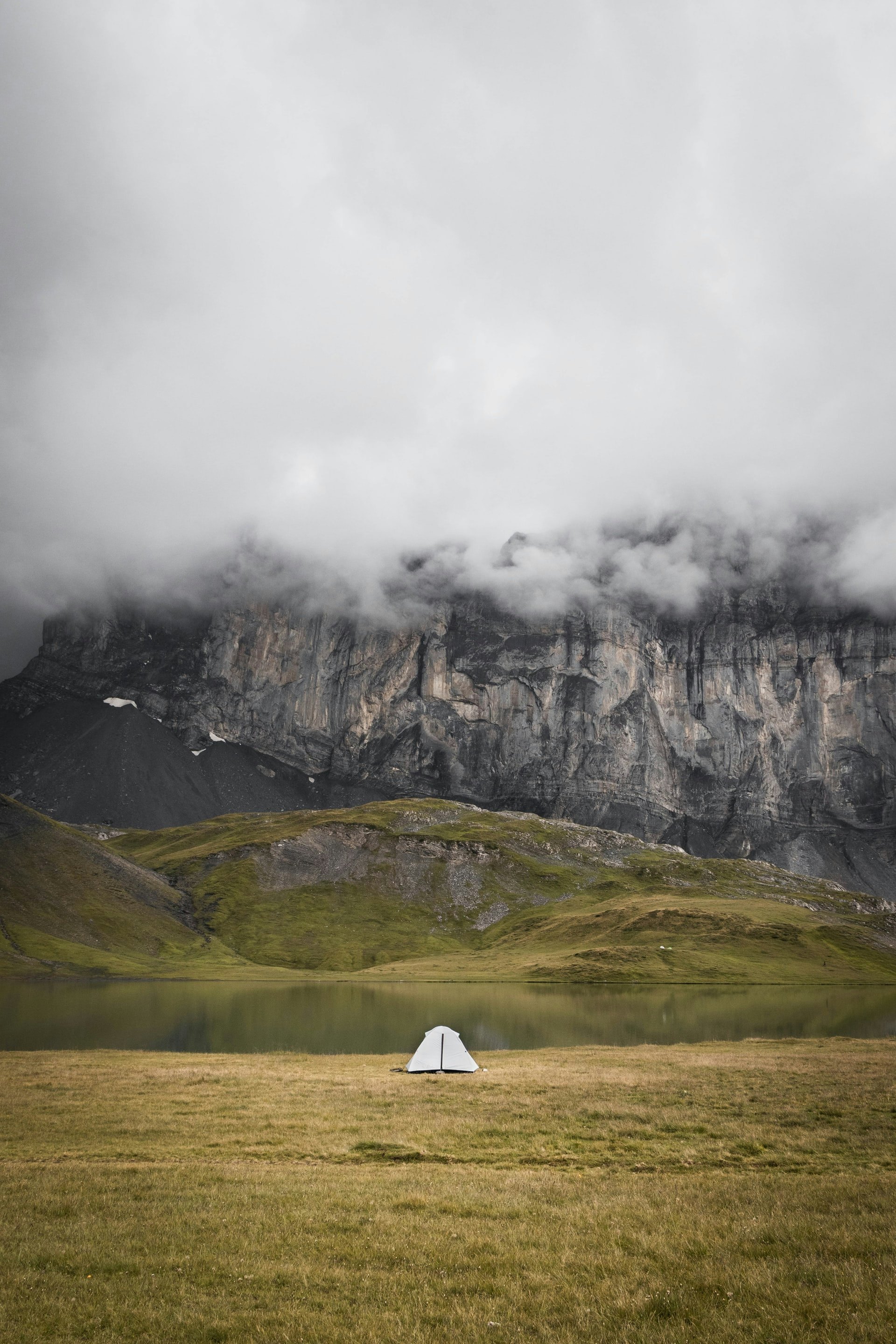
How the tourism industry is adapting to this new way of traveling
We’re beginning to see companies specifically advocating for slow tourism, and offering trips geared towards slow travel, springing up all over the place. These curated guide-book-cum-trip-planners offer an array of different and unique experiences, and help you to discover destinations outside of the normal ‘touristy’ spots. They can plan the entire trip for you, sometimes curating it to your tastes, but more often, tailoring it to the local experience. You’ll get to stay in interesting places, meet interesting people, and do things you never would even be able to if you booked with a regular holiday provider.
As well as this new slew of companies popping up, hotels are also adapting, making a push to focus more on local aspects of their communities, rather than simply acquiescing to western holiday culture. You may see more local dishes made with locally sourced ingredients come to menus, more emphasis on local trips and experiences around the hotels, and plenty of other things that help visitors to feel immersed in what that country or place has to offer.
The best slow travel destinations in the world
The world is a big, beautiful place, which is why it’s such a shame we rush through it as we do. But we’ve put together a list of some places that are probably pretty close to home for you that you can visit that’ll help inspire you to take some extra time, slow town, and really soak in what they have to offer.
Best destinations in the UK
While the list of best slow travel destinations is exhaustive, we thought we’d put together some favourites for you here to help give you some inspiration. From south to north, from east to west, here are some great ideas to help stoke your slow travel spirits.
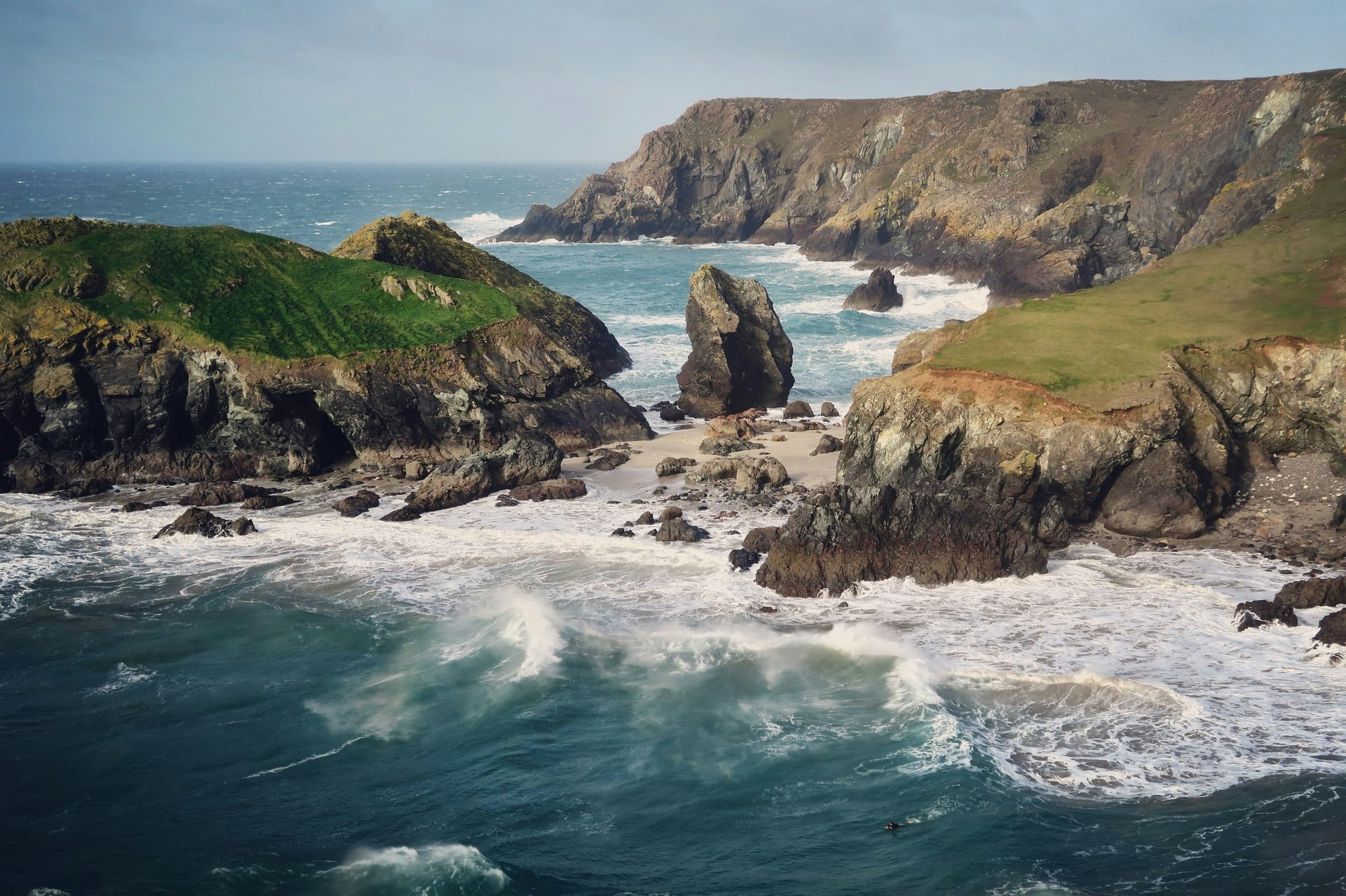
North Wales
North Wales is a stunning part of the world, home to the Snowdonia National Park. As well as world-class hiking, though, there exists a rich history here. While less than 10% of the population speak Welsh across the country, many people still speak it here as a first language, making it a fantastic place to go to experience a local culture unlike your own, but right on your doorstep.
The Lake District
If it’s serenity and nature you’re looking for, then the Lake District has it in spades. And with a fantastic food culture and amazing historical sites to explore, there are few places to visit that are better suited to just meandering around and taking in the world at your fingertips. Camp or stay at a lake-side cabin, the choice is yours.
Cornwall
Cornwall is a truly magical place. Relaxed and bathed in sunshine, the rolling green hills, expansive white beaches, and miles and miles of nature reserves, forest trails, and rocky coves to explore all make Cornwall a brilliant place to travel around. And that’s not even mentioning that it’s the seafood capital of the UK!
Cotswolds
The Cotswolds are the epitome of a relaxed atmosphere. Sleepy little picture-book villages dot this beautiful, classically pastoral landscape. And with thousands of acres of pristine woodland filled with chirping birds and other rare wildlife, there’s no better place to get back to nature than here.
The Scottish Isles
If you really want to get off the beaten track and back to a wilder version of the world, then the Scottish Isles are definitely the place to go. Cold, windy, wet, and utterly serene, the Isles are home to few people, and plenty of space. You can walk all day and not see another soul. Sounds like paradise to us.
Best destinations in Europe
Europe is massive, and we could go on for hours listing our favourite slow-travel destinations, but we won’t. Instead, we’ve rounded up our top five places to go if you’re planning a European adventure this coming season. But, hopefully, they’ll just get you excited to get on the road and see what else is on offer!
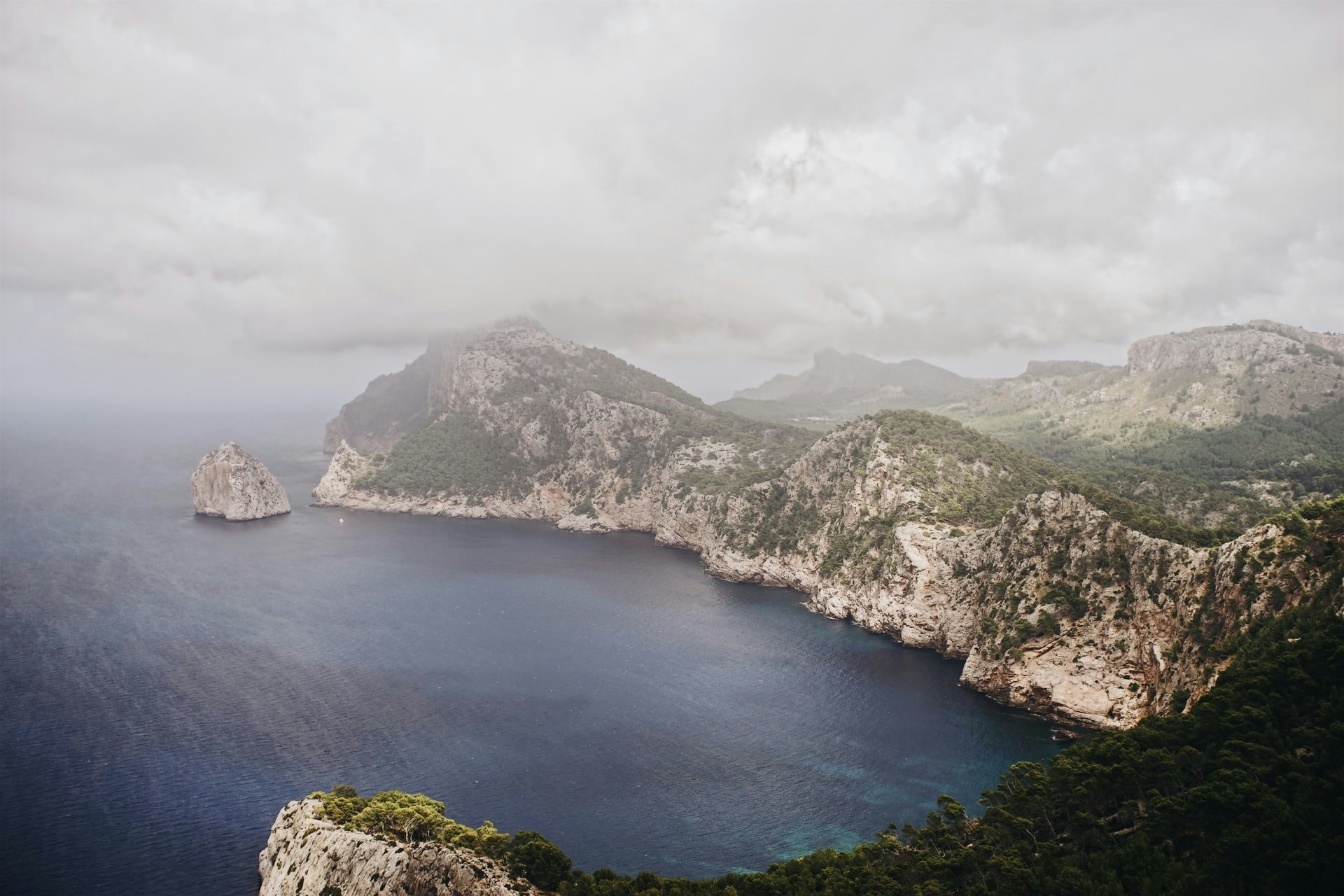
Bayern/Bavaria
Bayern/Bavaria is the German state that borders both Austria and Czechia. This historically important region was once known as the kingdom of Bohemia, and is filled with stunning castles and mountainside towns, as well as some of the most picturesque scenery you’ve ever seen. Come here at your own risk, you may never want to leave!
Menorca/Majorca
The Balearic Islands, specifically Menorca and Majorca are seafood capitals of the Mediterranean, and are much more relaxed than some of their partying cousins. Expect plenty of jagged cliffs and dramatic landscapes, crystal clear waters, and the friendliest people you’ve ever met. Truly a treat in every respect, whether you’re on foot or in the car, these islands are perfect for slow travel.
Northern Spain
Northern Spain is home to some fantastic natural landscapes, and is much less tourist-led than the southern part of the country. Everything feels more authentic and less developed here, and the food and wine speak for themselves. You can easily get lost here on one of the hundred winding mountain roads, and we thoroughly recommend doing so.
Greek Islands
The Greek Islands — and not the tourist ones — are some of the best places to visit if you want to slow travel. The white mountainside villages are sleepy and peaceful, and the food is world-class. The people are extremely kind and generous, too, so for us, there are few places better to meander around with an empty stomach than the Greek islands!
Sicily/Southern Italy
With thousands of years of history, one of the best food cultures in the world, and a true passion for their home, Southern Italy and Sicily, and its denizens, make this a great place to head for if you’re interested in slow travel. Eat and relax in a country built around those two principles! What could be better?
Best destinations in North America
If you’re across the Atlantic already or heading that way, you may think that fast-paced America isn’t suited to slow travel. And sure, you won’t find NYC or LA on this list, but there are some wonderful places to visit if slowing down is something you’re looking to do.
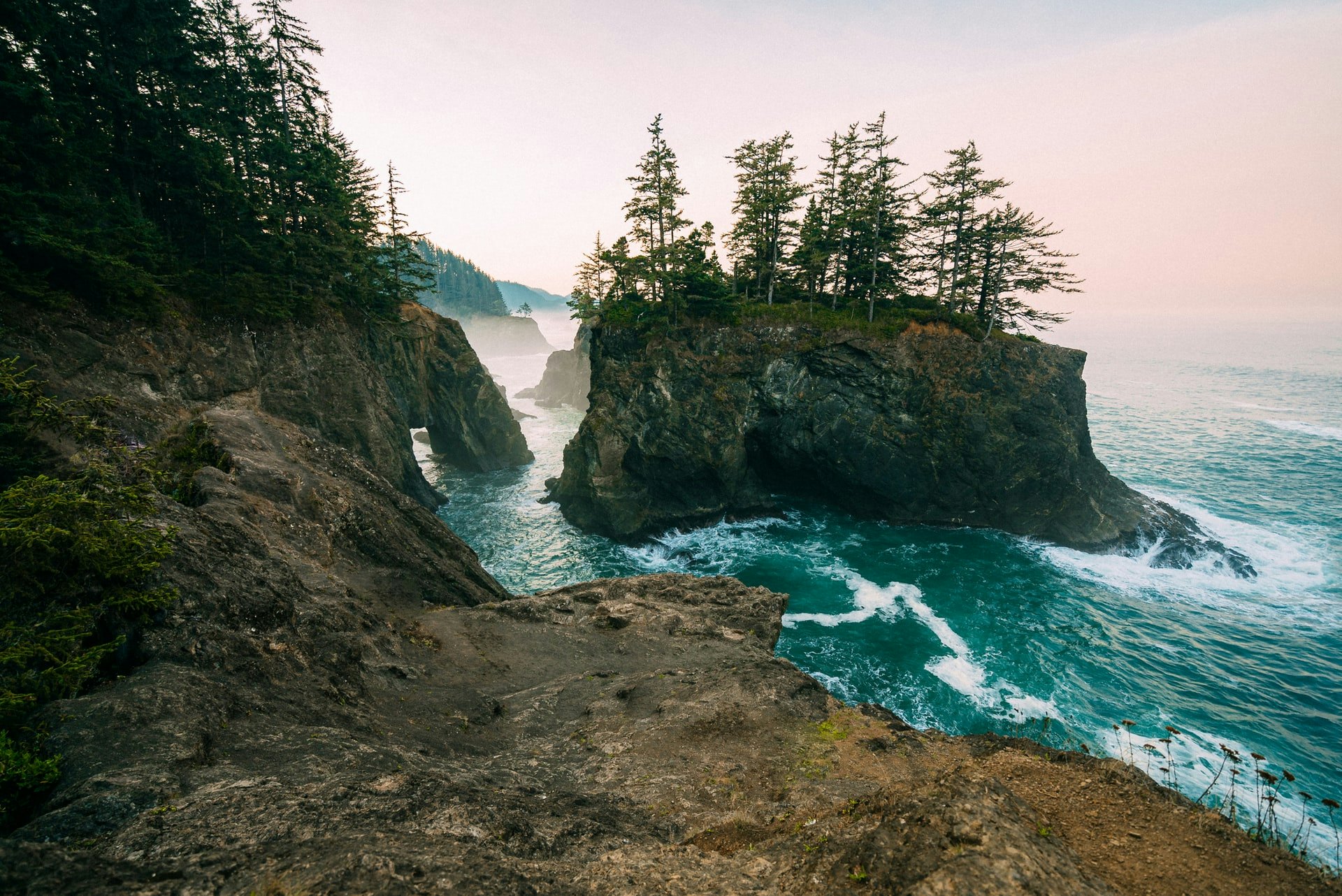
New England
New England in fall is possibly one of the most breathtaking experiences on earth. Wind your way along the roads of New England through a sea of yellow and red, drinking in the damp air, driving through miles of countryside. Explore on foot or by road, there’s so much to experience in this postcard-ready corner of the US.
Wyoming
They call it Big Sky Country for a reason. This expansive part of the US is easy to fall in love with and offers everything from towering, snow-capped mountains to endless prairies. Sit and take it all in, it’ll be sure to take your breath away. Things move a little slower here, and it’s easy to see why.
Utah
Southern Utah has some of the most spectacular rock formations and landscapes in the world, and taking the time to explore some of them is well worth doing. Utah may not top anyone’s holiday-destination list, but we really do recommend heading out this way and discovering some of its magic for yourself.
Oregon
With California to the south, Oregon is often overlooked. But the sprawling boreal forests in the north of the Golden State continue here, with the landscape getting more rugged and wild. The coastline is perfect to explore, too. In fact, there’s no part of this state that isn’t perfect to just park up and drink in the tranquillity of nature.
Louisiana
You might think of New Orleans and Mardi Gras when you think of Louisiana, and sure you are right about that. But this state has a rich history and culture of its own, and getting to experience it is a very special experience. These people carry on tradition with pride in their hearts, and they’re always so happy to share it with anyone who’s interested in learning about it.
FAQ Section
What is the difference between slow travel and traditional travel?
Slow travel focuses on immersing yourself in the destination, engaging with local cultures, and having unique experiences. Traditional travel often involves rushing from one tourist hotspot to another, following pre-planned itineraries.
How can I start slow traveling?
Begin by choosing a destination that resonates with your interests and allow yourself ample time to enjoy the local culture and surroundings. Opt for local accommodations, explore local food, and engage with the community to create a more immersive experience.
Can I slow travel while having a limited vacation time?
Yes, even with limited time, you can embrace aspects of slow travel. It's all about prioritizing quality over quantity and adjusting your mindset to focus on enjoying the experiences, rather than rushing through them.
Wrapping up
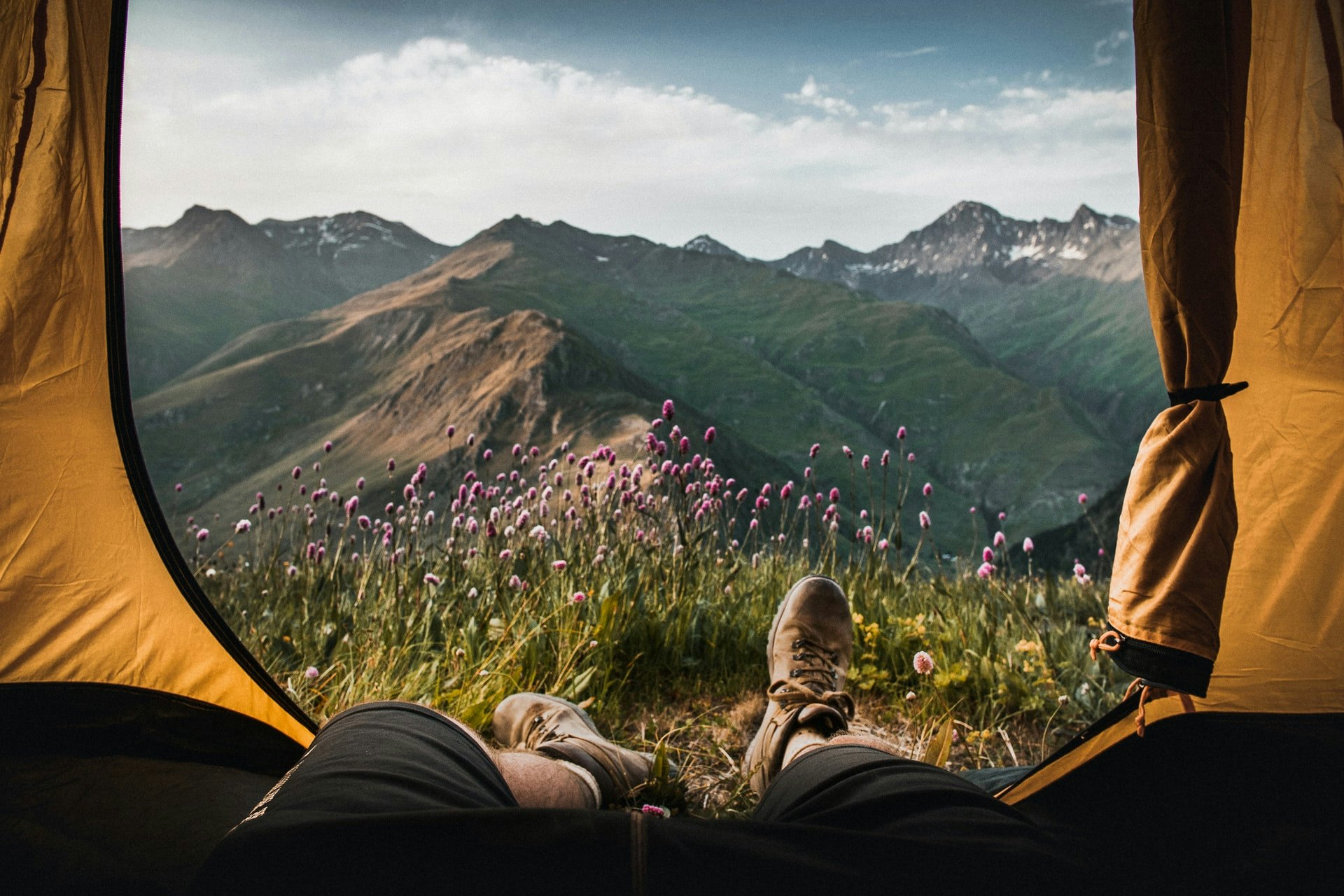
Remember this — slow travel is about connection and reflection. It’s about escaping the hustle, the bustle, the pressure, and the stress of modern, regimented life. So don’t think too much about it. Just pick somewhere you think is interesting, near or far, and go with an open mind. Don't spent too much time planning, don’t worry, just go. Speak to people, learn about their culture, eat their food, listen to their music, their stories, their history. Stop when you want to, stay as long as you want, and let your spirit of curiosity guide you. Slow travel is about you. So do what you want. Sometimes good things take time, so please, stop watching that damn clock, okay?
Related reading:
